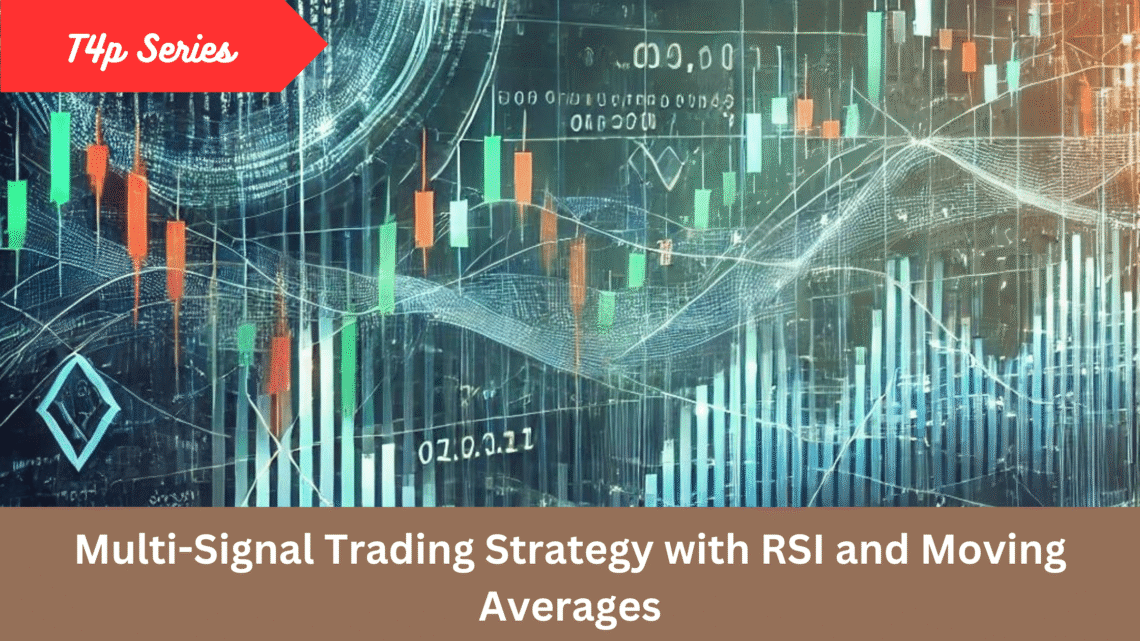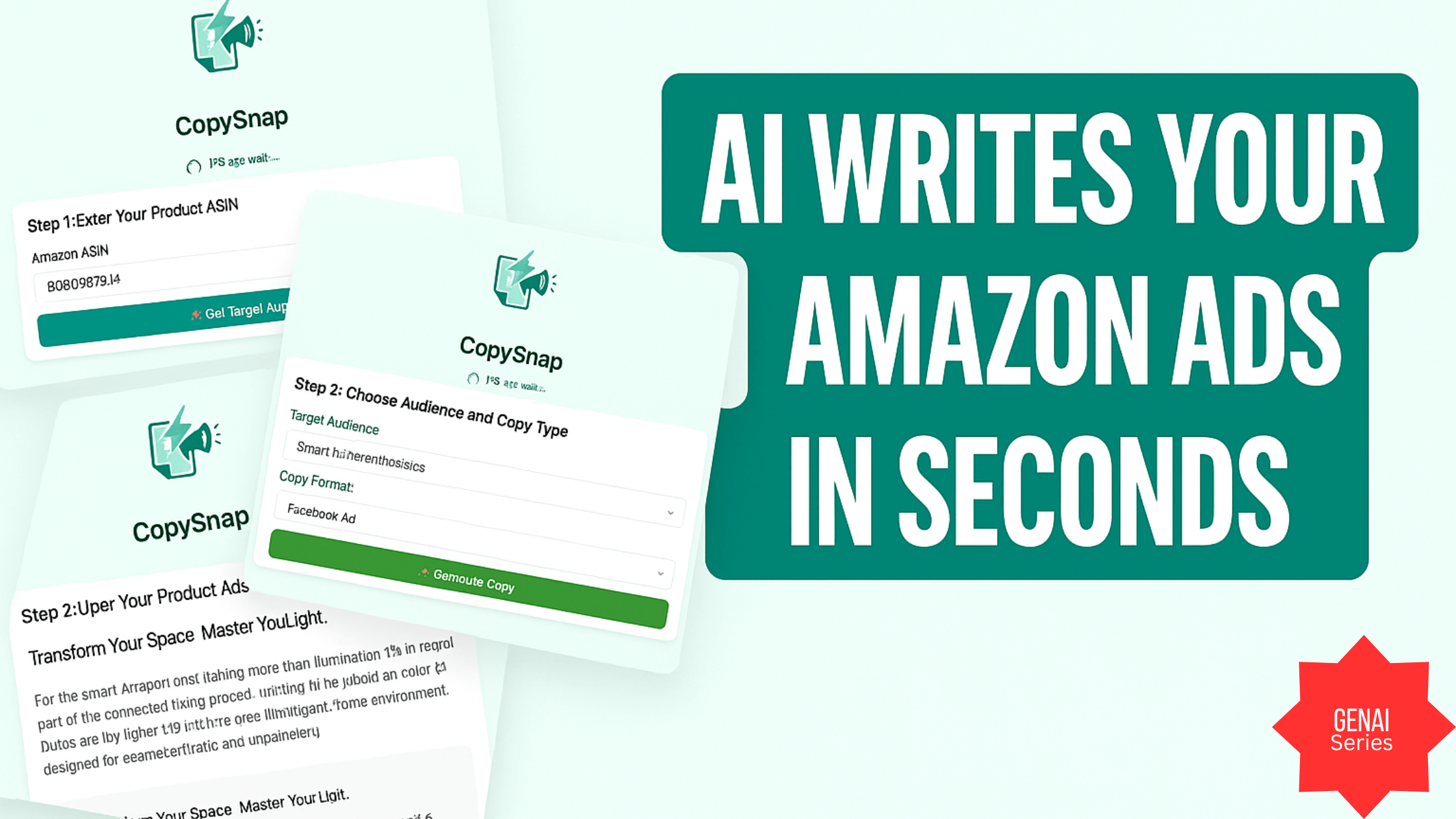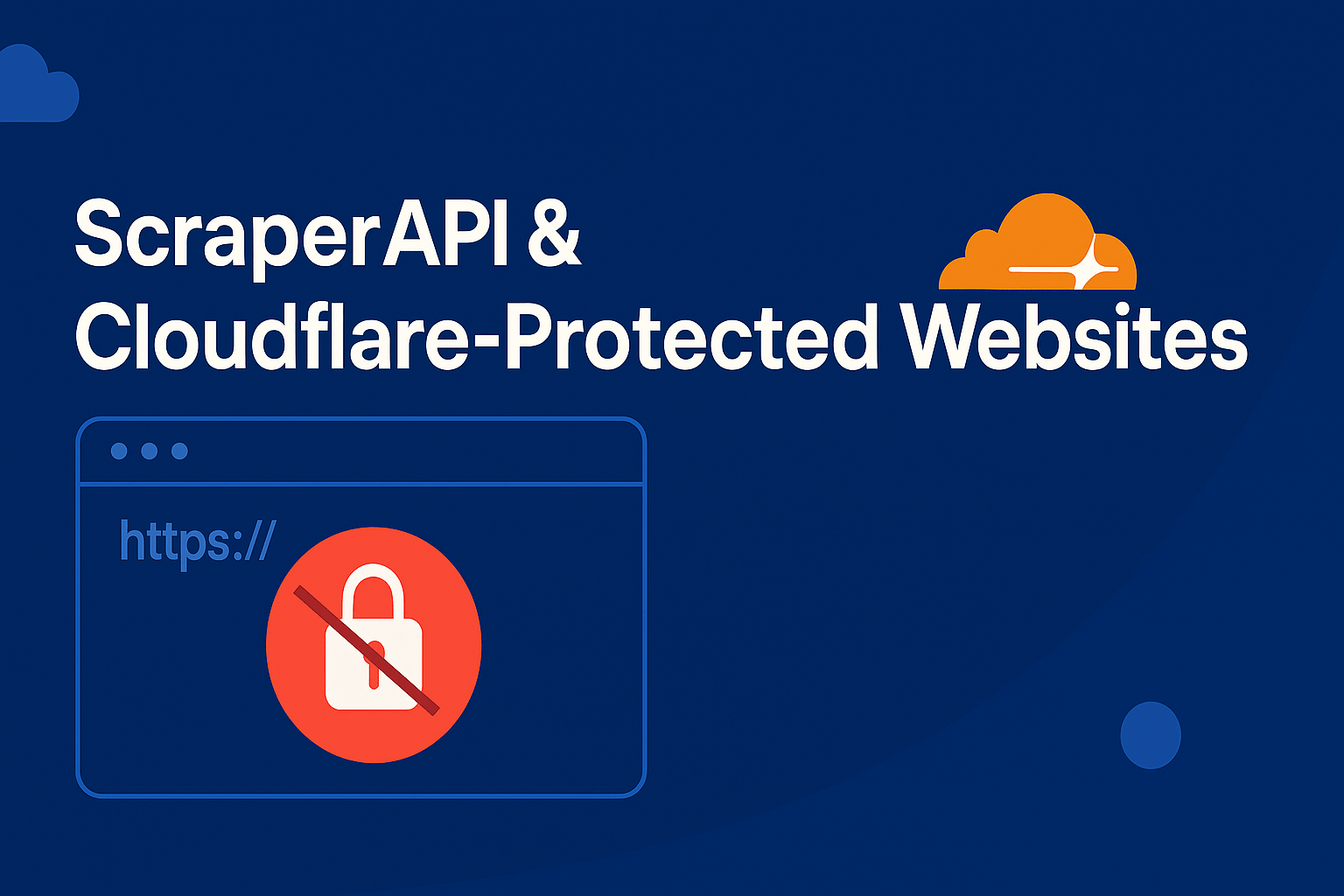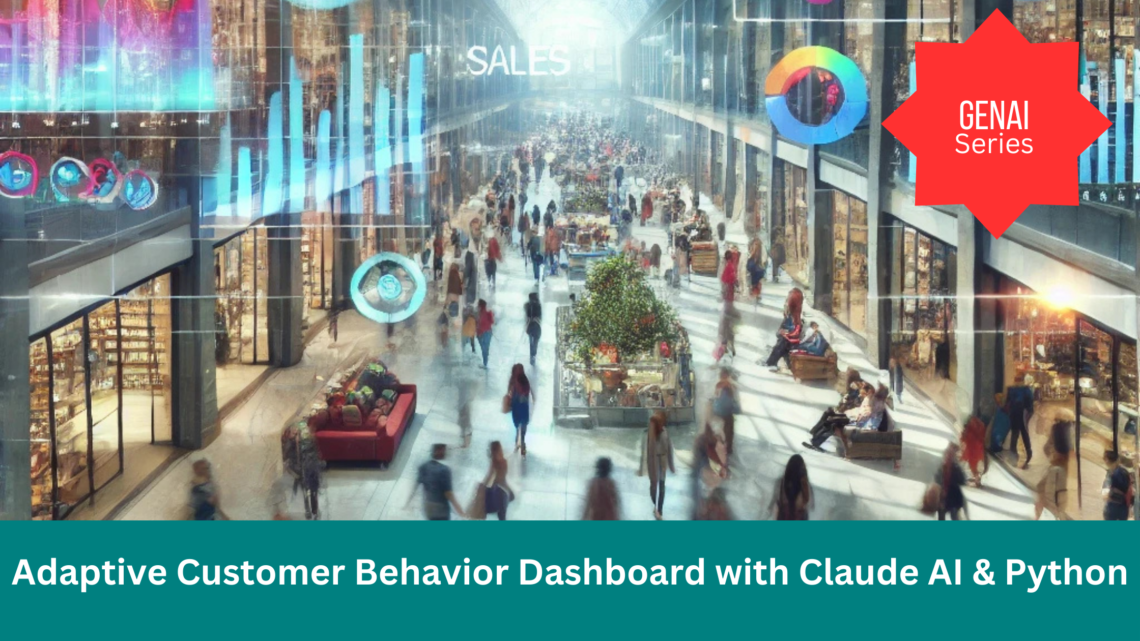This post is part of the GenAI Series. If you’ve ever worked in customer support, you know the feeling. It’s 2 PM on a Wednesday. Your inbox is overflowing. A customer just sent their third “following up” email. Your manager wants to know why last week’s tickets are still open. And somewhere in the back of your mind, you’re wondering: Why does this feel so hard? Here’s the thing: Most support teams aren’t failing because people aren’t trying hard enough. They’re struggling because the systems we’ve built over years of “making do” were never designed to handle today’s volume, complexity, or customer expectations. And the stakes? They’ve never been higher. According…
-
-
Let’s talk about LLM guardrails
This post is part of the GenAI Series. In March, I received an email from the founder of a website who had created an AI wrapper related to the medical field. He sent me an unsolicited email and subscribed me to his newsletter. I responded to him instantly and asked where he had gotten my email from, but I received no reply. Then I started exploring his website. The first thing I tried was asking it to create a Python code — and it did! I then sent him the following email: As you can see, I responded with the screenshot attached: Guys! The first rule for writing a GPT…
-
Building Your First Multi-Signal Trading Strategy with RSI and Moving Averages
This post is part of the T4p Series. So in this post, we are going to combine two indicators: RSI and Moving Averages to come up with a strategy. But first, let’s talk about what we mean by a “strategy.” A trading strategy is simply a set of rules that tells you when to buy and when to sell. It’s different from just using individual indicators because it combines multiple signals into a complete system. Whether you use a single indicator or a set of indicators, in the end, we are going to generate buy/sell signals or open long/short positions. When you rely on a single indicator, for instance, RSI alone,…
-
Building an AI-Powered Amazon Ad Copy Generator with Flask and Gemini
This post is part of the GenAI Series. Back-to-back GenAI-related posts, but I could not resist writing this post instead of a trading-related one. A few days ago, I built a small tool that lets you input an Amazon ASIN and instantly generate marketing copy, including Facebook ads, Amazon A+ content, and SEO product descriptions by using Gemini. The frontend is built with Bootstrap + jQuery, and the backend runs on Python Flask. While this was originally aimed at Amazon sellers, it turned out to be a fun exercise in prompt engineering, tool chaining, and turning structured product data into persuasive, persona-targeted content. If you are in a hurry, then watch…
-
Writing Modular Prompts
This post is part of the GenAI Series. These days, if you ask a tech-savvy person whether they know how to use ChatGPT, they might take it as an insult. After all, using GPT seems as simple as asking anything and instantly getting a magical answer. But here’s the thing. There’s a big difference between using ChatGPT and using it well. Most people stick to casual queries; they ask something and ChatGPT answers. Either they will be happy or sad. If the latter, they will ask again and probably get further sad, and there might be a time when they start thinking of committing suicide. On the other hand, if you…
-
Generating Buy/Sell Signals with Moving Averages Using pandas-ta
This post is part of the T4p Series. In the previous post, I had discussed the engulfing pattern. In this post, we will discuss Moving Averages. What Is Moving Average Moving Averages are one of the most widely used indicators. They smooth out price fluctuations by calculating the average price over a specific number of periods, creating a trend-following line that updates as new data becomes available, hence helping traders identify the overall direction of the price movement. Types Of Moving Averages Simple Moving Average (SMA) – Calculates the arithmetic mean of prices over a set period, giving equal weight to all data points Exponential Moving Average (EMA) – Gives more…
-
Using ScraperAPI to bypass Cloudflare in Python
Introduction Cloudflare’s Captcha solutions are one of the biggest hurdles Python developers usually face while writing a web scraper. Cloudflare offers various solutions like bot detection, CAPTCHA challenges (including the newer Turnstile verification), and IP blocking to prevent automated website access for data retrieval. These protections often result in “Verify You Are Human” checks, 403 Forbidden errors, or the challenging 1020 Access Denied responses. In this post of the scraper series, we will learn about Cloudflare and its service that hinders web scraping and how you can use ScraperAPI’s APIs to bypass Cloudflare’s CAPTCHA/protection techniques. Understanding Cloudflare Protection What is Cloudflare? A global network service provider that offers website security,…
-
Build a Crypto Bot Using OpenAI Function Calling
This post is part of the GenAI Series. In the previous post of the GenAI series, I built an adaptive dashboard using Claude APIs. In this post, I’ll introduce the concept of function calling and show how we can leverage it to build a crypto assistant that generates RSI-based signals by analyzing OHLC data from Binance. What is function calling Function calling in OpenAI’s API lets the model identify when to call specific functions based on user input by generating a structured JSON object with the necessary parameters. This creates a bridge between conversational AI and external tools or services, allowing your crypto bot to perform operations like checking prices or…
-
Detecting the Engulfing Pattern Using pandas-ta
This post is part of the T4p Series. In the previous post, I discussed the Hammer Pattern. So far, we have been writing everything from scratch to detect a certain pattern. However, there’s an amazing library available that has done all the heavy lifting on our behalf and provides easy-to-use interfaces to detect patterns. I will be using the pandas-ta library for this purpose. For certain patterns, it relies on the TA-Lib library, a C++ library for technical analysis. What Is The Engulfing Pattern The Engulfing Pattern is a two-candle pattern that hints at a possible reversal in price direction. It consists of two candlesticks: Bullish Engulfing Pattern: This pattern shows up when prices…
-
Create an Adaptive Customer Behavior Analytics Dashboard with Claude AI and Python
This post is part of the GenAI Series. In my previous post, I introduced OpenAI’s image APIs and used them to create avatars. Today, I’m diving into another LLM service, ClaudeAI, which has gained traction for its speed and sharp analytical responses. I asked Claude to brainstorm ideas for my next blog post about itself. Among many fantastic suggestions, I chose Customer Behavior Analysis. Finding a suitable dataset on Kaggle was easy, but the real challenge began when I started working on it. I didn’t expect it to take 4–5 hours to achieve my goal. Initially, I had no clear idea how to use Claude for this, but Claude itself guided…









